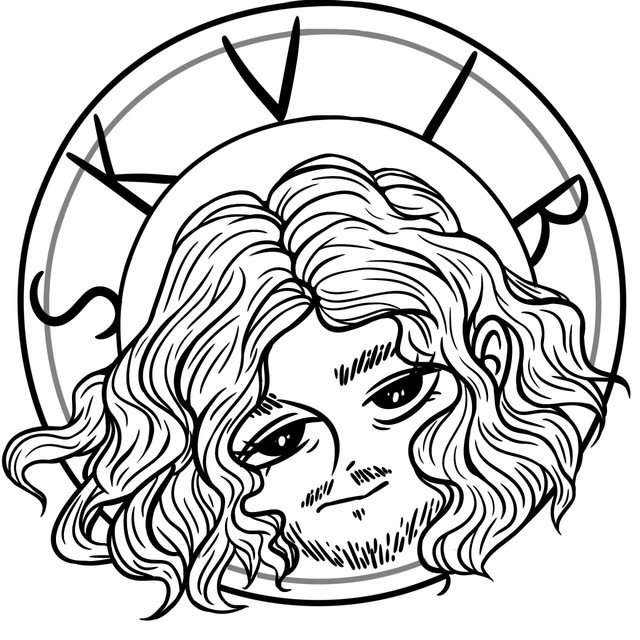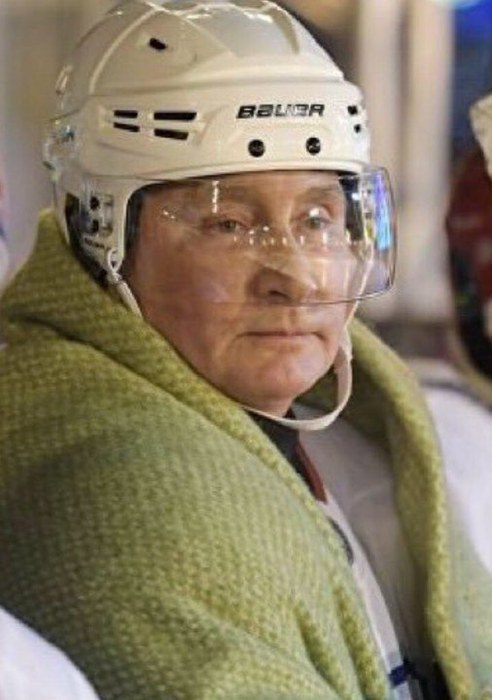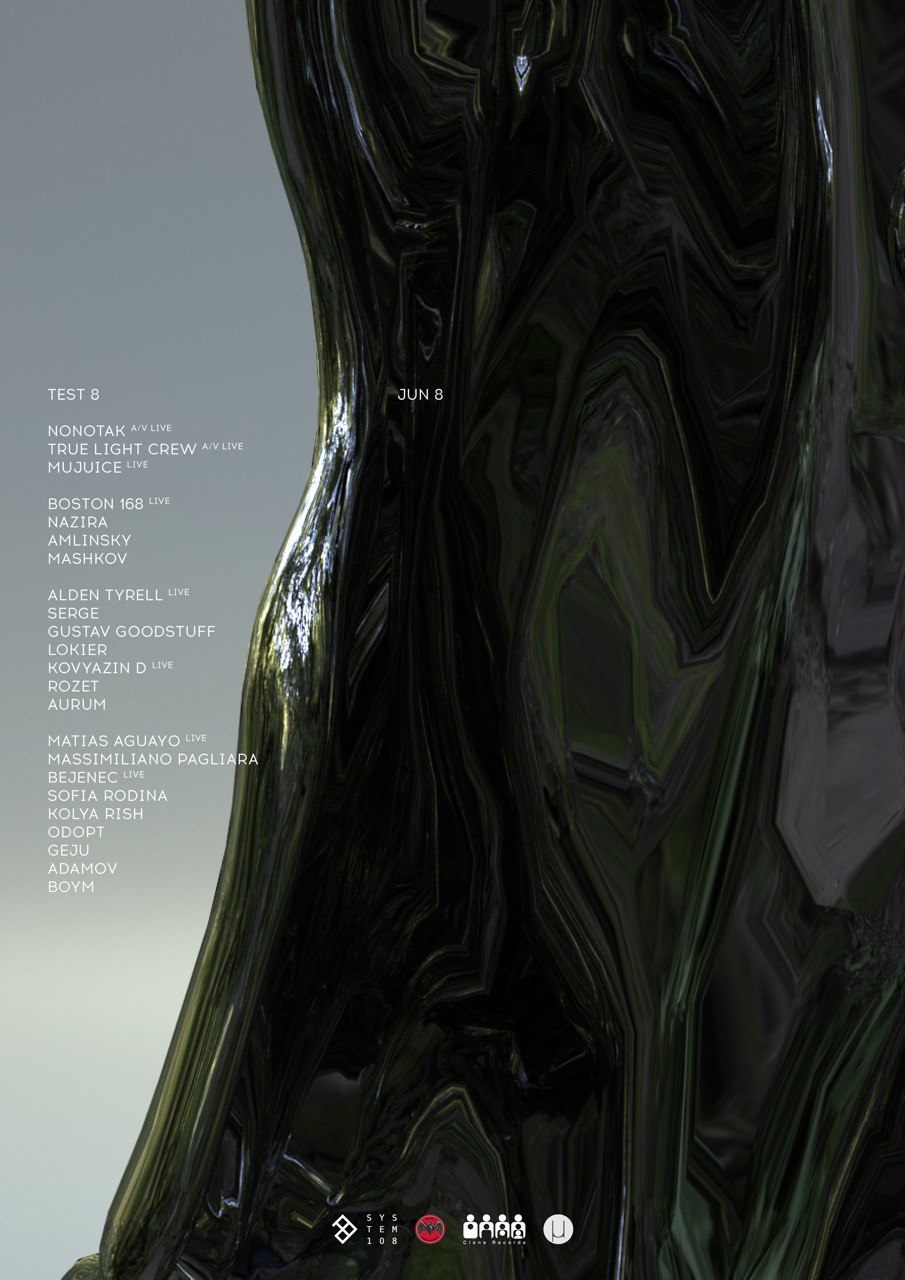All English-language media are completely misreporting this story.
TL;DR:
She wasn't euthanized.
In the Netherlands, the law recognizes two types of physician-assisted death/euthanasia:
* Actual euthanasia, where the physician performs the procedure.
* Physician-assisted suicide, where the physician provides the patient with the means to end their own life.
Late last year, this girl approached the End of Life clinic in The Hague with a question of whether she qualified for either of those. She was refused.
[In her own words:](
https://www.gelderlander.nl/home/noa-16-uit-arnhem-is-nu-al-klaar-met-haar-verwoeste-leven~a01a7bd1/)
Translated:
> "They think I'm too young to die. They believe I should complete my therapy first, and that my brain needs to be fully grown. That takes until you're 21. I'm devastated, because I can't wait that long."
So, instead, she chose to stop eating and drinking.
In American medical literature, this is something that's commonly referred to as [VSED](
https://www.ncbi.nlm.nih.gov/pmc/?term=vsed): voluntary stopping eating and drinking.
VSED is a common alternative to euthanasia in places where euthanasia is illegal, because it "exploits" a simple but fundamental principle: consent. Patients have the right to refuse treatment, after all.
It's used as an alternative to euthanasia in the Netherlands as well. And as [the Dutch Medical Association's guidelines](
https://www.knmg.nl/advies-richtlijnen/dossiers/bewust-afzien-van-eten-en-drinken.htm) note:
> Under the Medical Treatment Contracts Act, a patient has the right to receive clear information from the physician about his medical condition, the prognosis and treatment options. Based on the information provided, the patient can either choose to grant or not grant care providers consent to provide treatment, nursing or care. A patient always has the right to decide against treatment, nursing and care, or against specific aspects thereof. Should the patient not grant consent, the care providers may not provide treatment, nursing or care.
Obviously, there's a way to get around that in case of mental illness: by getting a court order for involuntary treatment.
In fact, [this girl had already undergone involuntary treatment on several occasions](
https://www.gelderlander.nl/home/noa-16-uit-arnhem-is-nu-al-klaar-met-haar-verwoeste-leven~a01a7bd1/) after several failed suicide attempts:
Translated:
> Noa has been admitted very often in recent years, to hospitals, institutions and specialist centers. Horrified, she recalls involuntary admissions to youth care institutions. She could only wear a tear-proof dress - an emergency measure to keep her from committing suicide. Being institutionalized had a traumatizing effect on her. "Never, never will I go into isolation again. It's degrading."
> Coercive measures are humiliating, says Noa. She will never forget how she was taken to the Arnhem court, where judges decided on involuntary admission to a treatment center. The sight of the "people in gowns" stayed with her. "I almost feel like a criminal, even though I haven't so much as stolen a piece of candy in my life," she writes in her autobiography.
And last year:
> Not too long ago she was admitted in critical condition to a hospital in Arnhem, severely underweight and at risk of having vital organs cease functioning. She was even put into an induced coma so she could be fed through a feeding tube.
Now, back to last week.
She was refusing to eat and drink, which left her care providers with three choices:
1. Force-feed the patient, saving her life for the moment at the cost of further infringing upon her bodily autonomy, with the near-certainty that it won't be the last time. Even assuming that she will eventually recover, you're looking at years of involuntary treatment and confinement of the kind that would traumatize even a person without mental health issues.
2. Do nothing and let her die in pain.
3. Provide her with pain relief.
In the end, this time, they decided to take the third option.


















